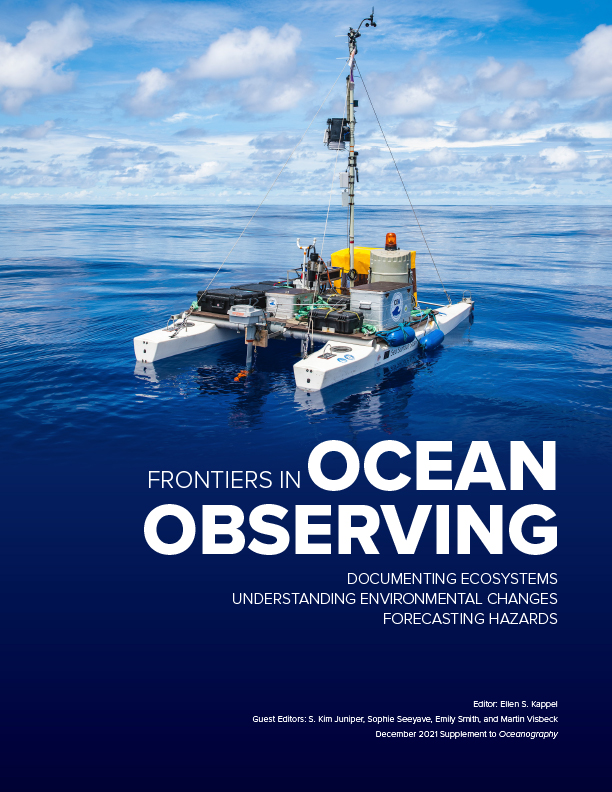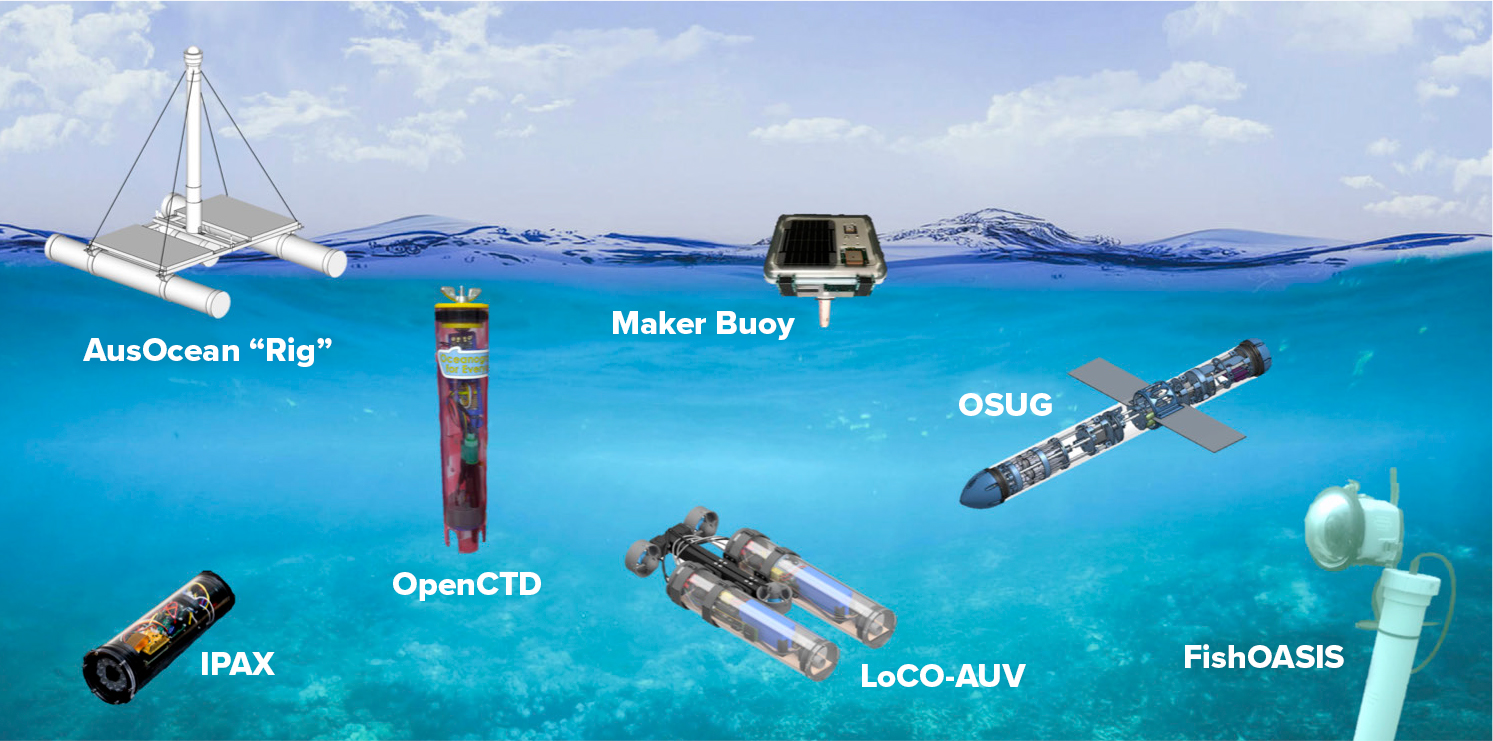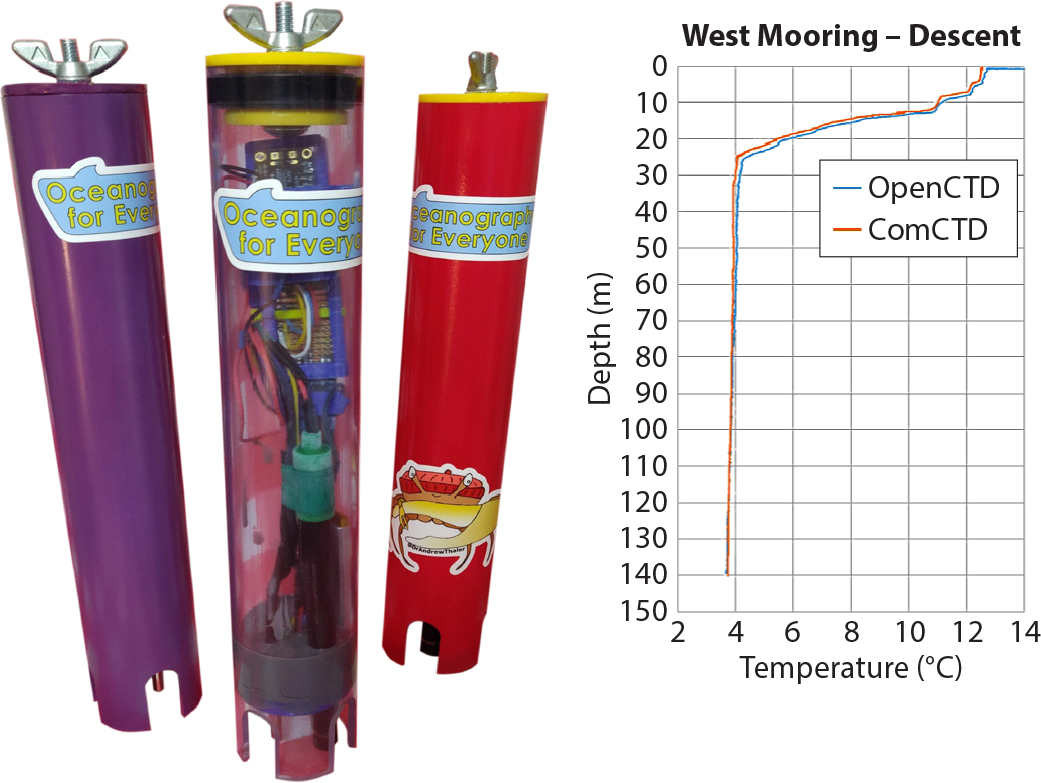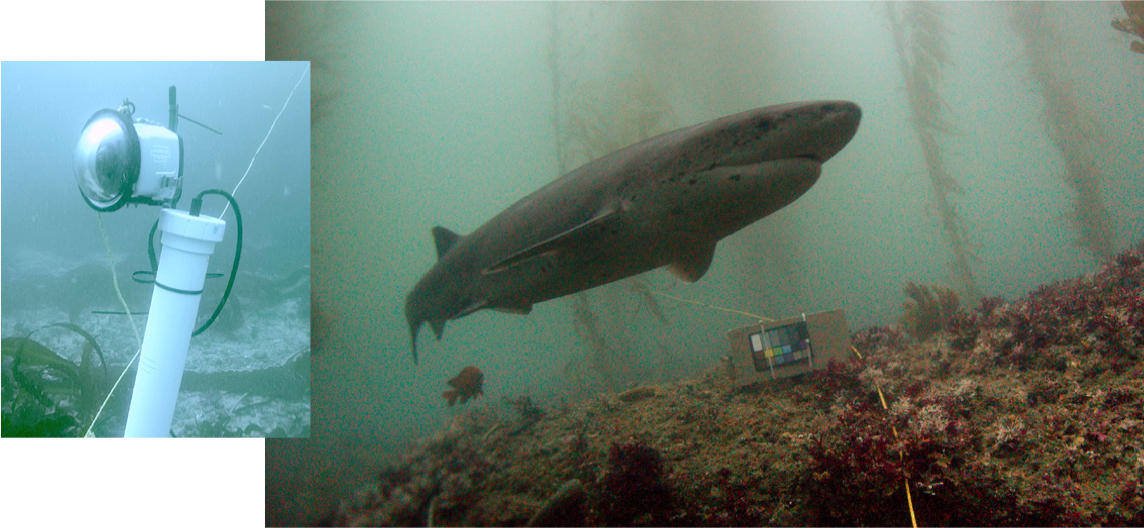Full Text
The rise of low-cost, small, and efficient microcontrollers and single-board computers (e.g., Arduino1, Raspberry Pi2, Nvidia Jetson3) has catalyzed a vibrant, user-led community that focuses on the development of useful or fun “do-it-yourself” (DIY) projects. The utility of these “tiny computers” as backbones for low-cost oceanographic sensor systems has not been lost on the marine science community, particularly for applications that do not need the endurance, accuracy, or ruggedness provided by commercial oceanographic products. Additionally, open-source oceanographic tools bolster the goals of the United Nation’s Decade of Ocean Science for Sustainable Development to encourage a more inclusive and participative approach to ocean science, to better predict ocean phenomena, and to democratize access to the ocean. Though there has been a recent increase in peer-reviewed, published step-by-step guides on how to build some marine sensors and systems (e.g., see the recurring “DIY Oceanography” section in Oceanography magazine or the journal HardwareX), most of the resources detailing custom-built, user-designed oceanographic instrumentation remain in the “gray literature.” Here, we highlight a few projects that provide step-by-step guides on how to construct some of the most common types of ocean sensor systems or platforms (Figure 1; Table 1). Lastly, we provide budding DIY oceanographers with some useful resources.
|
|
TABLE 1. Examples of different low-cost, open-source ocean sensors and platforms with step-by-step assembly guides.
|
Name |
Type |
Step-by-Step Guide |
|
OpenCTD |
CTD |
|
|
PiCTD |
CTD |
|
|
CTDDizzle |
CTD |
|
|
Open-Source- |
Glider |
https://hackaday.io/project/20458-osug-open-source-underwater-glider |
|
Aruna ROV |
ROV |
|
|
LoCO-AUV |
AUV |
|
|
AusOcean’s “Rig” |
Mooring |
|
|
Maker Buoy |
Buoy |
|
|
IPAX |
Camera |
|
|
FishOASIS |
Camera |
|
|
AudioMoth |
Passive Acoustic Recorder |
Perhaps the most widely used oceanographic instrument is the conductivity-temperature-depth (CTD) logger; however, even the most economical commercial CTDs can cost over US$5,000. This high acquisition cost can be prohibitive for many ocean scientists and managers, especially those in developing nations. OpenCTD is an open-source, Arduino-based system designed by Oceanography for Everyone’s marine scientists that is intended to be built by the end user at a cost of around US$600 (Figure 2). For researchers who do not require the accuracy of commercial units and/or are working in coastal environments (i.e., where the water depth is typically less than 140 m), this instrument offers a low-cost alternative that could allow them to extend monitoring over larger spatiotemporal scales. Others have been inspired by OpenCTD to create their own low-cost CTDs (e.g., PiCTD, CTDizzle) using different types of microcomputers and oceanographic sensors.
|
|
Mobile, moored, and autonomous platforms have also seen an influx of end-user-built, open-source hardware. These types of platforms collect invaluable data for oceanic and atmospheric forecasting. Yet, commercial versions of these platforms tend to be very expensive (i.e., tens to hundreds of thousands of dollars per unit). Examples of low-cost platforms include the Open-Source Underwater Glider (OSUG), an open-source, user-constructed alternative to oceanic glider platforms that can be equipped with a suite of oceanographic sensors. There are also many examples of open-source tethered and untethered powered underwater vehicles (such as the Aruna remotely operated vehicle [ROV] and the LoCO autonomous underwater vehicle [AUV]) that allow marine scientists to build their own underwater vehicles tailored to their research needs. Furthermore, open-source moorings and surface vehicles like AusOcean’s “rig” and Maker Buoy provide long-duration, real-time data acquisition platforms that support a wide variety of sensors for research in coastal waters with mobile data network access.
Additionally, many low-cost instruments have been developed to directly monitor animal biodiversity and habitat quality. Ongoing developments in consumer-grade cameras have improved the price performance of optical imaging systems such as IPAX (Lertvilai, 2020) and FishOASIS (Pagniello et al., 2021; Figure 3), which allow researchers to explore the dynamics of marine communities, from plankton to fish, for extended periods. Passive acoustic systems have also benefited from the proliferation of low-cost, off-the-shelf components (e.g., Caldas-Morgan et al., 2015) and the increasing ease in printing custom circuit boards (e.g., AudioMoth).
|
|
These are just a handful of the many projects that aim to incorporate developments from the "Maker Movement" into oceanography and marine science. The proliferation of low-cost alternatives to commercial ocean observing platforms and the increasing availability of step-by-step guides to build DIY instrumentation will allow the collection of more oceanographic data around the globe. In the face of global climate change, incorporating these low-cost systems to better estimate population densities and abundances, as well as habitat health, has become increasingly important.
For those who feel inspired and wish to start their own DIY oceanography journey, many online resources and communities are available to get you started. WILDLABS4 is a global online community of researchers, engineers, technologists, and entrepreneurs, boasting more than 4,000 active users dedicated to the use of technology to address conservation issues around the world. They host resources (e.g., Tech Tutors) to aid conservation technologists in seeing their projects through to fruition. Hackaday.io5 is a worldwide, collaborative hardware development community that hosts project build pages (like many featured in this article) and troubleshooting forums. For example, there are 12 projects on Hackaday.io tagged with the keyword “ocean” aimed at creating open-source hardware for monitoring the ocean, many of which have robust bills-of-materials and build guides. We also maintain a list of open-source, ocean science tools and low-cost, ocean sensor vendors on GitHub6 that readers can use as a source for existing projects or to find a project to customize to their needs. We hope that the continued development of low-cost ocean tools, such as those highlighted here, will open the world of marine science to a broader, global audience and increase the footprint of data collected within the world’s ocean.




